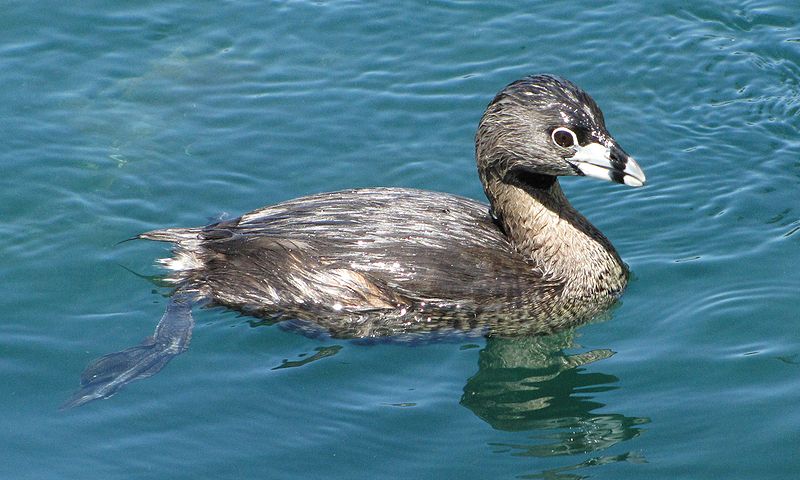What does that mean? The coffee I drink to bird, to get through the day, to relax, can be harming my environment? In a word, yes. With the growth of coffee, coffee plantations are under more and more pressure to make more and more coffee. They decide to ignore the tree's natural growth environment as a sub canopy/shade tree and put the trees in direct sunlight. While not awful for the coffee tree, the elimination of the other trees destroys countless acres and areas and habitat for birds and countless other creatures. The Smithsonian Migratory Bird Center has a lot of information about the biology and science of why shade-grown coffee protects the wintering grounds of birds.
While I'll direct you to the SMBC for information about certification, science, and finding bird friendly coffee, I want to talk to you about what I am going to commit myself to doing. The first is that I am going to drink as much bird-friendly coffee as I can. Once again, SMBC is a great resource for finding these companies.
I am also going to commit myself to talking to coffee servers, companies, coffee retailers, and coffee drinkers about the reasons for bird-friendly coffee. Talking to people, creating awareness, and having a discussion about what we consume and how it impacts the world around us can help people make more ecological choices. I can't speak for how persuasive I've been when talking about bird-friendly coffee, but I know that I am doing my part when I ask about the coffee that I am drinking.
I also want to extend an invitation to a larger discussion about how we can talk more companies and servers into joining the Bird-Friendly Coffee family. What are the best ways to get more coffee drinkers to be responsible coffee drinkers? I've got a few ideas, but I want to know what other people are doing as well. The latest issue of Bird Watching Magazine has a list of the biggest "offenders" so I'll refer you to them to see the list!
In the end, I want to be able to enjoy birds for a long time. It would be a real shame if birds were to stop travelling and migration because we needed a cup of coffee. I've hope that I've given you something to think about and something for us, the birders of the world to ponder... over a cup of coffee?
Some pictures of birds that depend on shade grown coffee:
Northern Parula winters in Mexico and the Yucatan
Baltimore Oriole winters in Central America and Northern South America
Black-and-White Warbler winters in Mexico, Central America and Northern South America
Links to read more:
Smithsonian Migratory Bird Center Link Here
SMBC Bird Friendly Coffee Link Here
Bird Watching Daily "The True Cost of Coffee"
NPR "Coffee for a Cause"
Birds & Beans http://www.birdsandbeans.com/


































